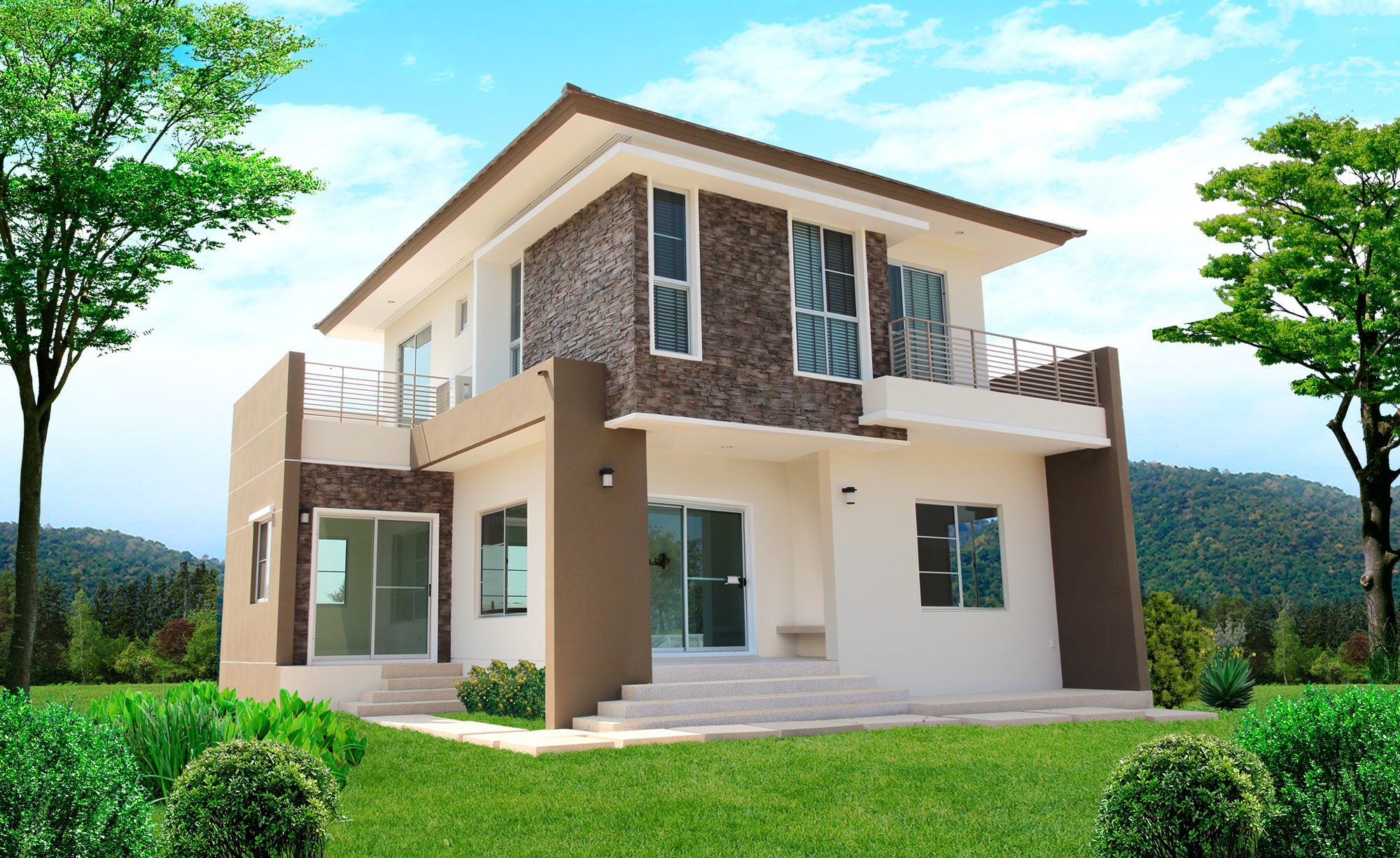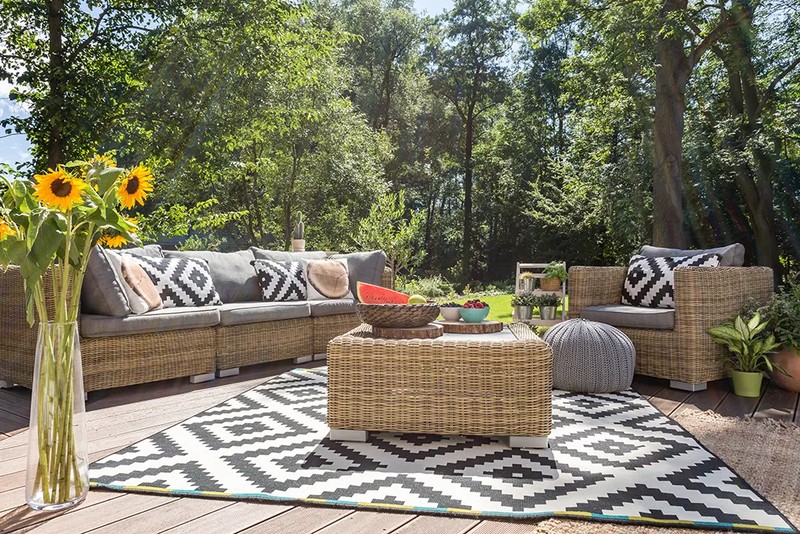
Over the last few years, buying environment friendly products for the home has become an increasingly important consideration for homeowners looking to make “green” improvements to their living space. To address this growing need, products such as flooring, lighting and paneling, as well as materials like paint and varnish are now readily available for virtually every remodeling project and every room in the house.
Numerous States have now also adopted legislation that limits the use of products that contain harmful fumes or chemicals. The good thing about this is, other than the obvious Green benefits, that many of the products that adhere to the new legislation are also becoming more affordable and are therefore more likely to be found on the shelves in our local hardware and home improvement stores.
See The Light! And Still Save on Energy Bills
It’s no secret that energy prices have soared and if you are planning a home improvement project, one of the simplest ways you can protect the environment – as well as save money – is to use less electricity.
Lighting and major appliances consume the most electricity; simply by switching to fluorescent bulbs, you can save up to 30% a year on your electricity bills. You can save a noticeable amount of money on your lighting costs by painting walls a lighter color, thus distributing light more effortlessly as well as making rooms appear brighter.
Leaking ducts can account for a surprising amount of wasted energy – up to 30%. If you are planning to caulk around ducts, vents and windows be sure to use a product that complies with recent regulations concerning the use of less VOCs in its manufacture. These are volatile organic compounds which contain pollutants that damage the ozone layer, and also contribute to producing smog.
Paint may be your biggest cause of concern if you are planning a home improvement project. Read the small print on the tin to make sure it complies with VOC standards – almost 30 brands are now readily available. Typically, lighter colors of paint tend to contain fewer VOCs.
Tip-Top Countertops
Kitchen countertops are an area where it is possible to help the environment. A recent innovation is a countertop made entirely of recycled paper and water-based resin. You can also install countertops made of paper and cement so that the production involves no quarrying that damages the land.
The bathroom is one of the most important areas where you can help protect the environment. Around 75% of all water used in the home is used by the bathroom shower, toilet and sink combined. Low flow or adjustable showerheads are easy to install and a dual flush toilet – offering a full or half-flush – can potentially lower a typical water bill by up to $75 a year. An estimated 4 trillion gallons of water would be saved every year in the United States if every household installed a dual flush toilet.




